DESIGN PHILOSOPHY
Precision. Transparency. No Compromise.
At PSI Audio, design is not decoration.
It is the engineering process through which we pursue a single mission:
reproduce sound exactly as it was created – nothing more, nothing less.
Every decision we make, every component we design, and every process we refine exists to serve this goal.
OUR APPROACH TO SOUND
The Art of Accuracy
Most speakers are voiced to sound “pleasing.”
PSI Audio monitors are built to be accurate – so what you hear is what’s really there.
For us, true design is about eliminating distortion, coloration, and guesswork.
It means building a tool you can trust with absolute confidence, whether you are mixing, mastering, producing, or evaluating sound.
Our promise:
✔ No hype
✔ No flattering EQ curves
✔ No DSP trickery
✔ Only pure, unaltered audio reproduction

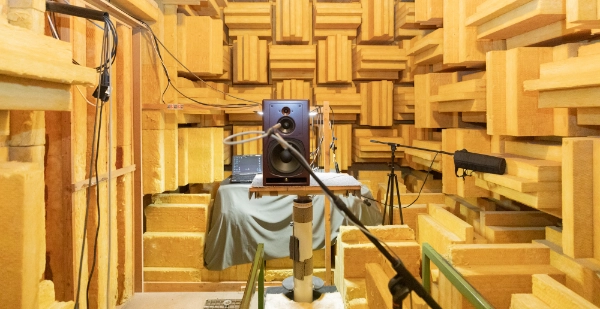
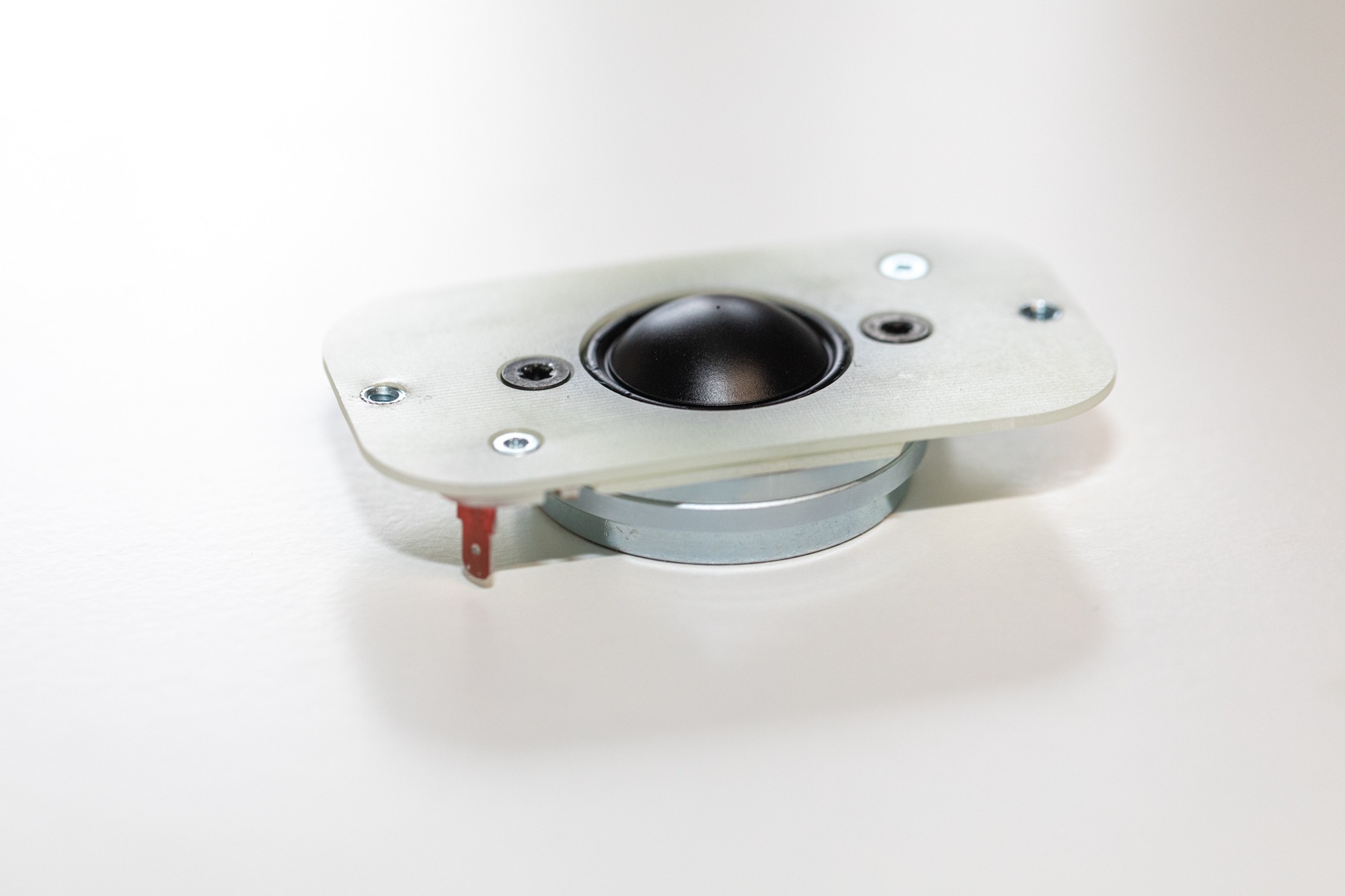
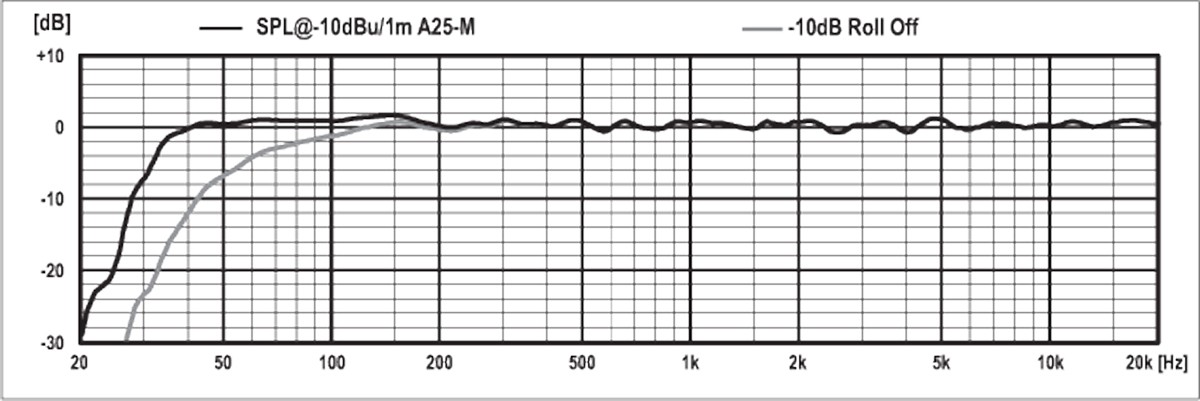
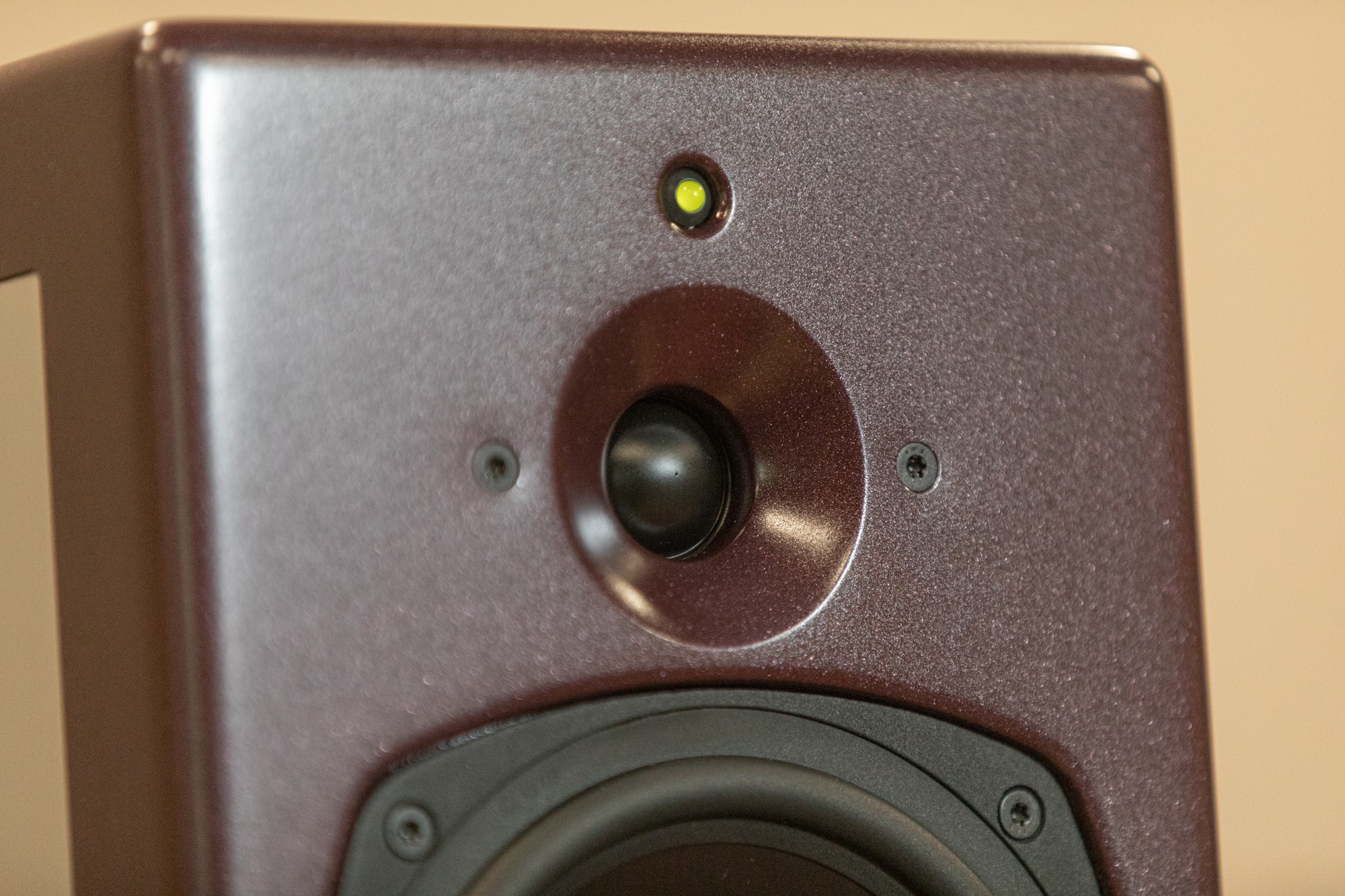
WHAT MAKES PSI AUDIO DIFFERENT
Engineering First. Always.
Engineering First. Always.
PSI Audio designs, builds, and tests every monitor in Switzerland. We develop our own drivers, analog circuits, and custom technologies – because accuracy cannot be outsourced.
Key elements of our design philosophy include:
1. Perfect Frequency Response
Every monitor is engineered for a flat, honest, and neutral response, giving you mixes that translate everywhere.
2. Phase Accuracy & Time Precision
Transient reproduction is critical to realism. Our analog phase-correction circuits ensure that timing remains intact, preserving transients, space, and dynamics.
3. Controlled Directivity
Each cabinet and driver is designed to minimize unwanted reflections and maintain a consistent stereo image.
4. No DSP. No Latency. No Compromises.
Our philosophy is fundamentally analog.DSP can hide problems – we choose to solve them physically, through engineering.
The result: precise monitoring that needs no correction, calibration, or software.
PROPRIETARY PSI AUDIO TECHNOLOGIES
Innovation with Purpose
AOI – Adaptive Output Impedance
Improves driver damping for tighter, more accurate low-end response.
CPR – Compensated Phase Response
Ensures perfect time alignment for true transient accuracy.
Class-G/H Amplification
Delivers extremely low distortion and high efficiency with analog purity.
Each technology is developed in-house and implemented solely because it serves one purpose:
to make our monitors as transparent as possible.
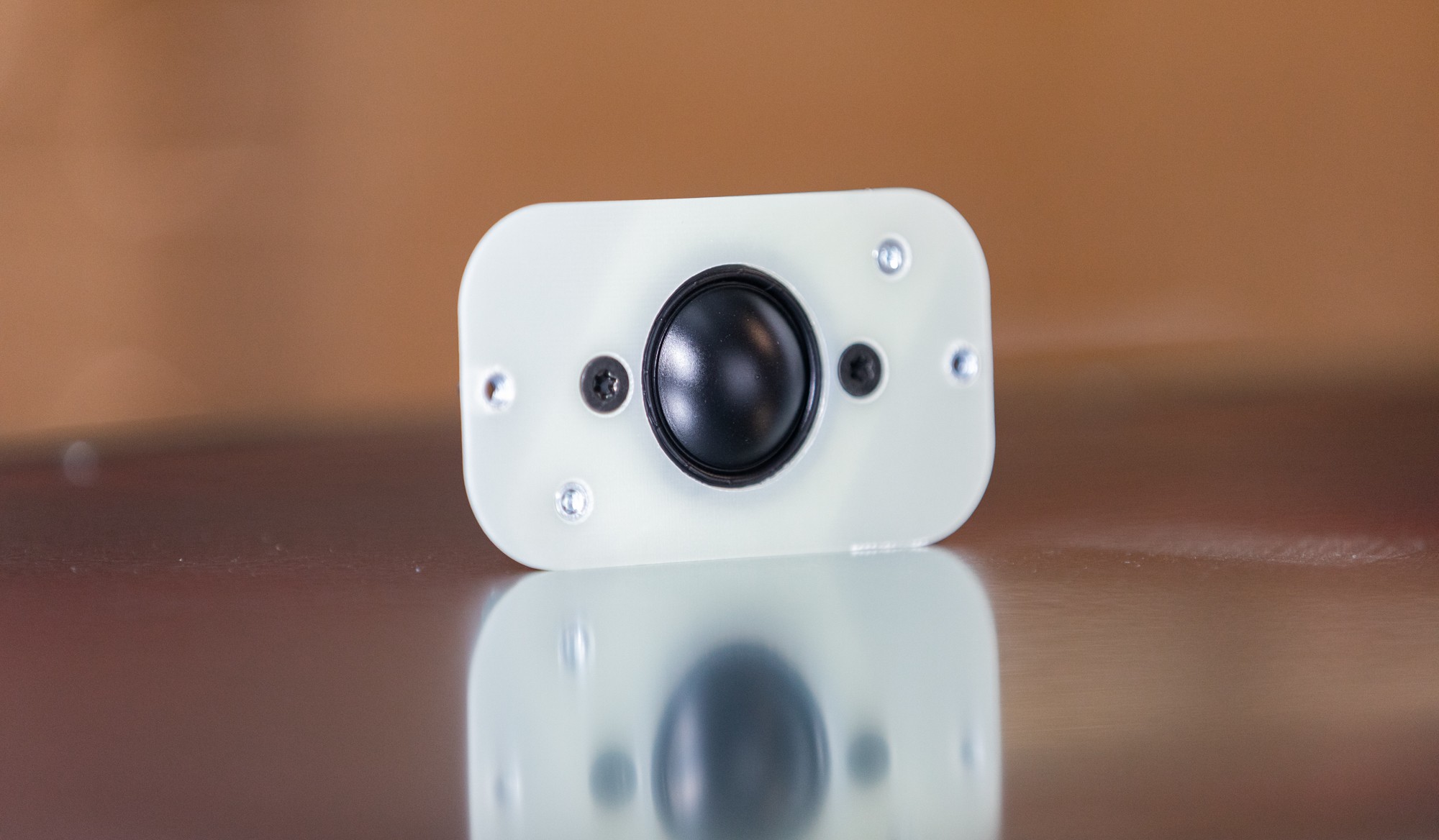
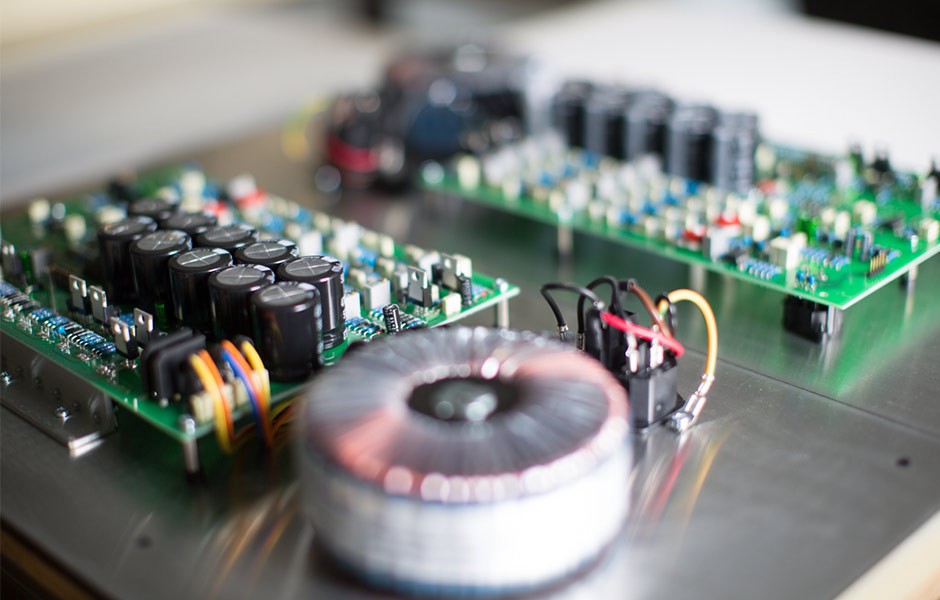

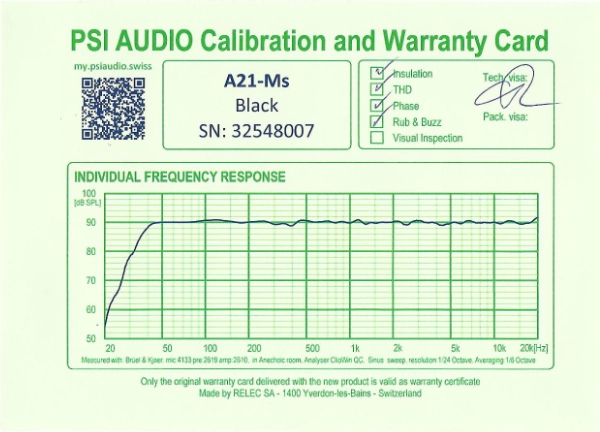
INDIVIDUALLY CALIBRATED
No Unit Leaves Without Perfection
Every PSI Audio monitor is individually calibrated in our anechoic chamber, not batch-tested.
We hand-adjust each speaker until it matches our reference curves with microscopic precision.
You receive a printed frequency response sheet for your exact unit – proof of the accuracy you paid for.
Consistency is not a target – it’s a guarantee.
Your Content Goes Here
SWISS MANUFACTURING, BUILT BY EXPERTS
Innovation Human Skill Meets Engineering Discipline
From the cabinet to the amplifier to the final test bench, everything is crafted in our Swiss factory by specialists who have worked with us for decades.
No automated lines
No mass production
No shortcuts
Just meticulous engineering and craftsmanship that ensures reliability, longevity, and unmatched performance.
A PSI Audio monitor is built to last a lifetime – and to perform like new every day.
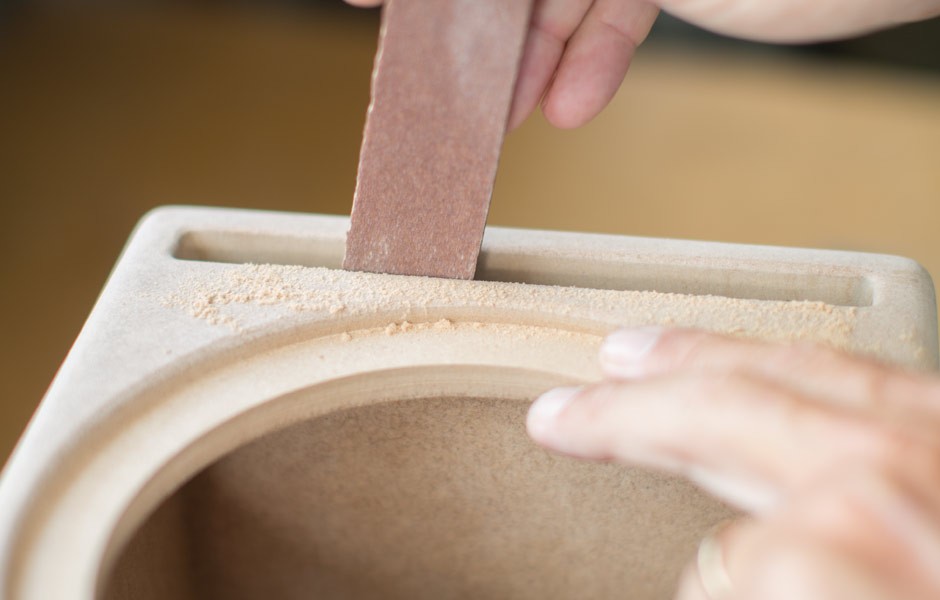
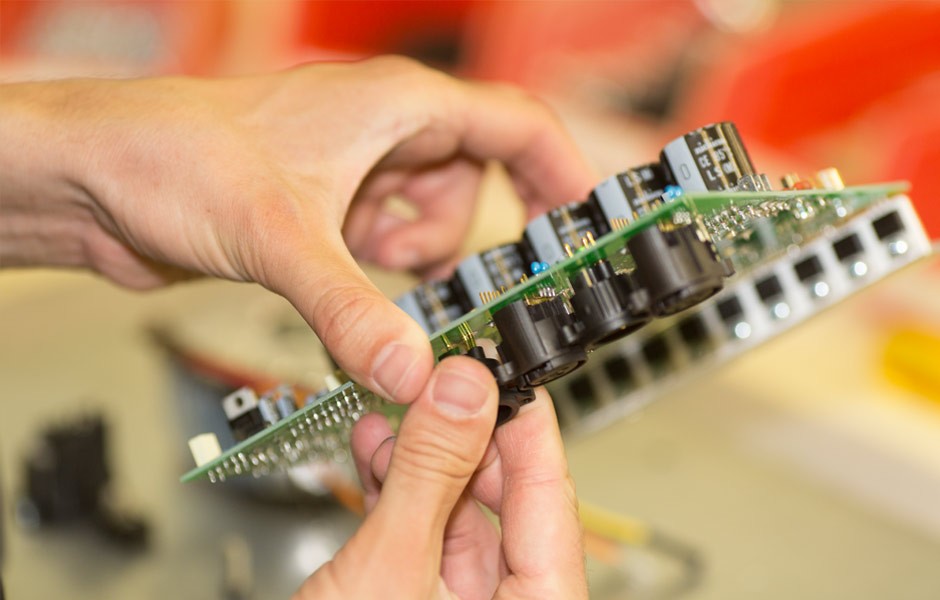
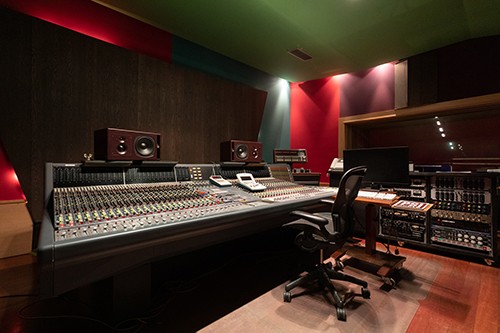
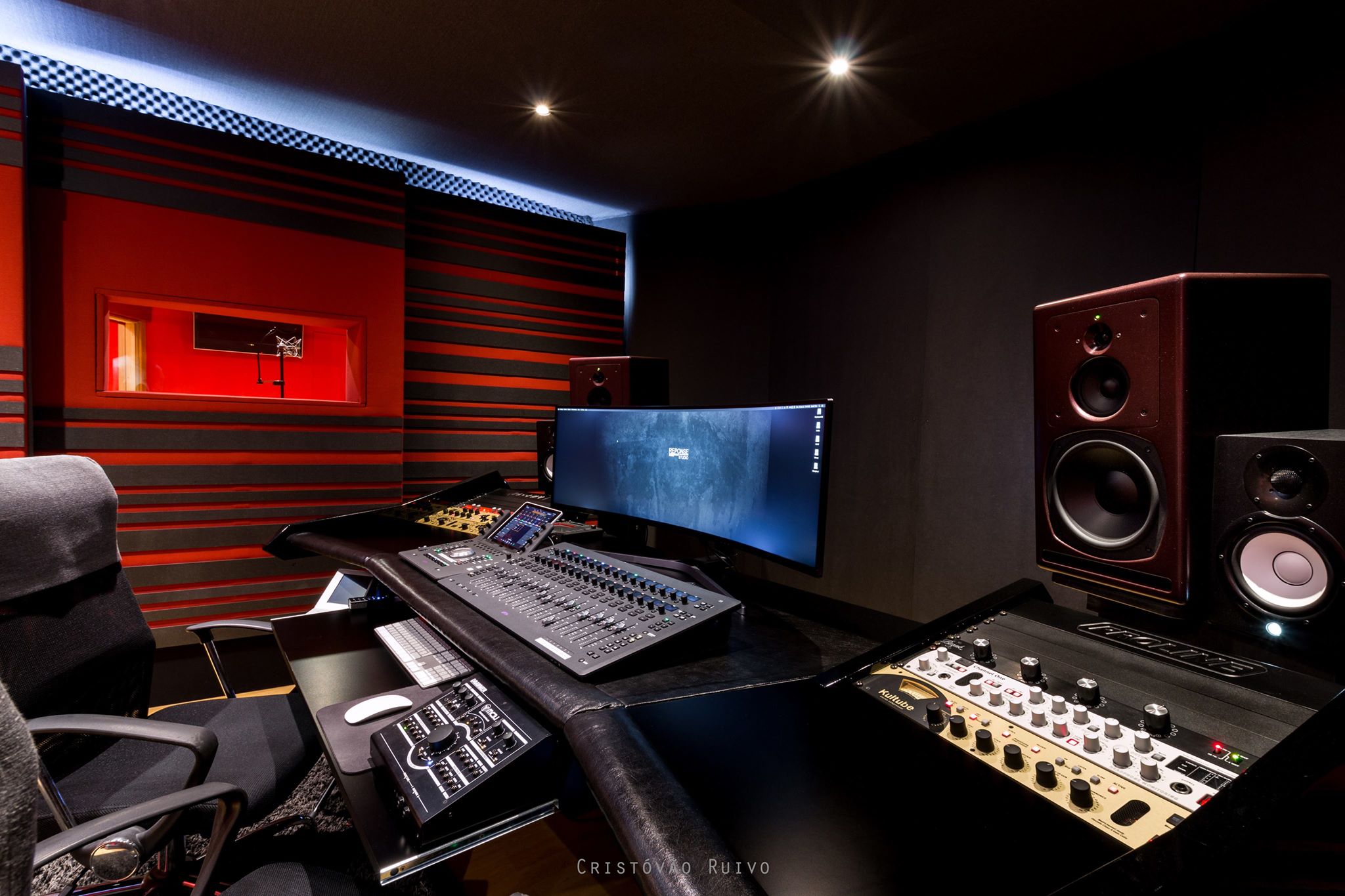
WHY IT MATTERS
Tools You Can Trust
Design is not an aesthetic choice. It is the foundation of reproducible results, faster workflow, and mixes that translate everywhere.
With PSI Audio, you get:
✔ Confidence in every decision
✔ True low-end accuracy
✔ Reliable stereo imaging
✔ Zero listener fatigue
✔ The same performance in every unit
Your work deserves a monitoring system that stays out of the way and tells the truth.
Your Content Goes Here
